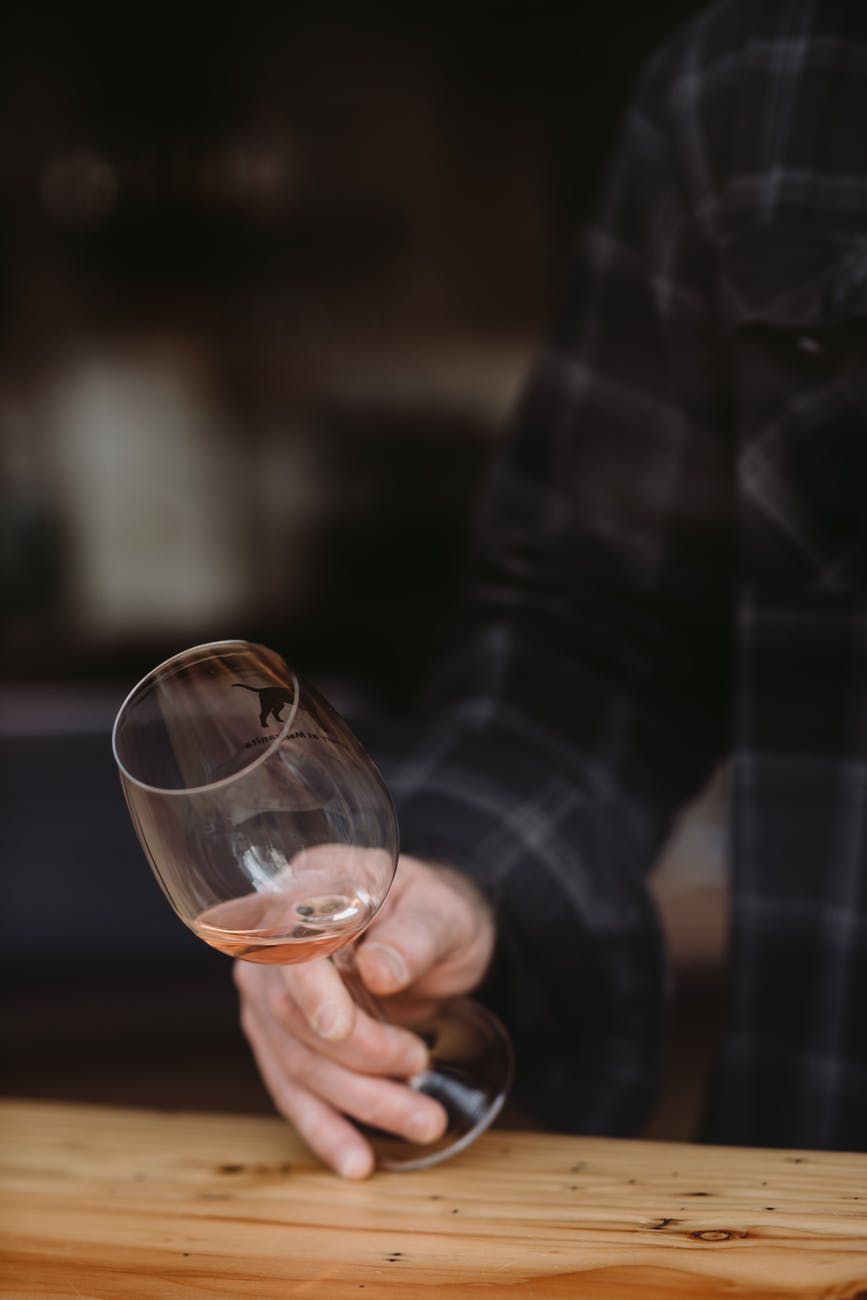California and King Cabernet

The world’s “noble” grape varieties – and here we’re talking Chardonnay, Sauvignon Blanc and Riesling for whites; Cabernet Sauvignon, Pinot Noir and Merlot for reds – are global travellers. Though all but one hail from France (Riesling being of Teutonic lineage), they’ve picked up and set down roots in vineyards across the world, often yielding wines with as much complexity and character as those form their homeland.
While all of these varieties have excelled in foreign soils (Sauvignon Blanc became more or less a household name thanks to New Zealand), Cabernet Sauvignon has (arguably) made the greatest impact when it comes to consistently sculpting wines of character, complexity and longevity. It has the unique ability to adapt to, and reflect, terroir nuances, while at the same time retaining it’s recognizable organoleptic properties. This was aptly demonstrated during the virtual California Sommelier Sessions Edition #3 hosted by California Wines Canada.
The seminar/tasting was co-hosted by not one, but three Masters of Wine (MW). These included Mark de Vere, MW (who joined us from Napa – lucky bugger), along with Elsa Macdonald, MW and Eugene Mlynczyk, MW, all hermetically sealed in their respective COVID-resistant plexiglass bubbles. Or something like that. The focus was on Cabernet Sauvignon (simply “Cabernet” from here on in) and how it presents itself in some California wine regions that, though in relatively close proximity to each other, sport distinctly different terroir.The upshot being Cabernet Sauvignon-based wines that, while displaying the variety’s signature profile, show very different personalities.
Macdonald prefaced the seminar by revealing some stats showing the increase in Cabernet Sauvignon plantings. From 1990, when it was the eighth most widely planted variety, to 2016 when it rose to number one, it’s clear that the world loves Cabernet.
Having been given a primer on the history (and possible future) of winemaking in Sonoma and Napa Counties by Mlynczyk, and itching to get exploring, we started off in Sonoma’s Alexander Valley, at Simi Winery (historically the Montepluciano Winery). Claimed to be the region’s oldest continually-operating winemaking operation, it has 140 consecutive vintages under its belt.
With the winery’s history summed up by de Vere, we moved on to taste the Simi Winery Landslide Vineyard Cabernet Sauvignon 2016 (the vineyard named after a massive regional landslide that altered the course of the Russian River). Bright, fresh cherry/red berry fruit on the nose, with suggestions of red licorice, a touch of smoke and a whiff of mocha. Lush and ripe in the mouth, it offers flavours of black cherry, dark plum, and blackberry, with a touch of vanilla.
“It’s a classic profile,” de Vere confirmed, “with beautiful freshness to the flavours…the red fruit character comes through more than in many California Cabernet Sauvignons. Interestingly, there’s a small amount of Tannat in the blend, which de Vere suggests adds to the wine’s tannin profile.
Moving into Napa, our first stop is Mount Veeder Winery to assess the Mount Veeder Reserve 2016 (a blend of Cabernet, Malbec and Petit Verdot). With steeply-planted vineyards situated between 305 and 487 metres, the Mount Veeder vines enjoy a climate somewhat distinct from other AVAs. The days tend to be somewhat cooler; the nights slightly warmer than other areas. “It’s pretty extreme winegrowing up here,” de Vere remarks.
The wine itself is a master class in combining power and complexity, with elegance and pose. Intense wild blackberry and bramble combine with a hint of white pepper, wild herbs (rosemary, laurel?) on the nose. Dense and powerful on the palate, with layers of dark fruit and a hint of mineral. The tannins are well-integrated, though firm enough to suggest a long life ahead. “It’s exactly what I’d expect from mountain-grown fruit,” Mlynczyk confirms.
Finally, it’s off to the Robert Mondavi Winery and the world-famous To Kalon vineyard. Planted in 1868, it is today regarded as one of the premier Cabernet growing sites not only in California, but in the world. The Robert Mondavi Winery “The Reserve” Cabernet Sauvignon 2016 offers a clinic in Cabernet perfection. Meticulously hand-harvested fruit it fermented and aged in French oak, the wine can probably best be described as a “velvet hammer.” Still years – perhaps decades – away from maturity, what it shows today gives a strong suggestion of what’s to come. Loaded with saturated, chewy, cassis, spicy oak, mild vanilla and a very distinctive garrigue note – both on the nose and palate – this massive wine really needs to be patiently tucked away and allowed to gracefully develop. “This will be a 30 to 40 year wine. Is that potentially possible Mark?,” Mlynczyk asks. “Absolutely,” de Vere enthuses. “I could easily see this wine going another 30 years.”
And with that we said our virtual good-byes to the Cabernet vineyards of Sonoma and Napa, comforted with the fact that we had three open bottles of incredible California Cabernets with which to self-isolate.
